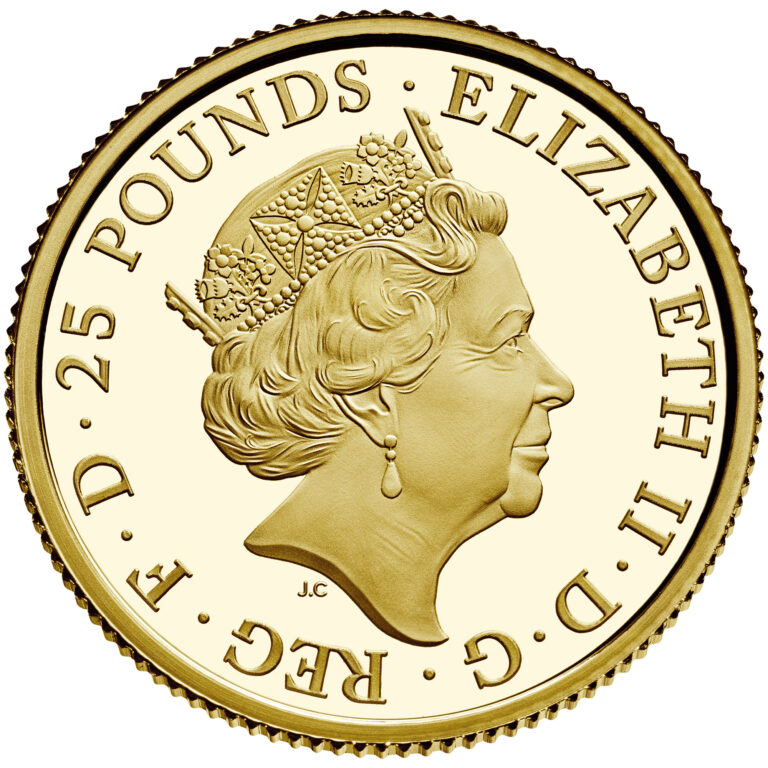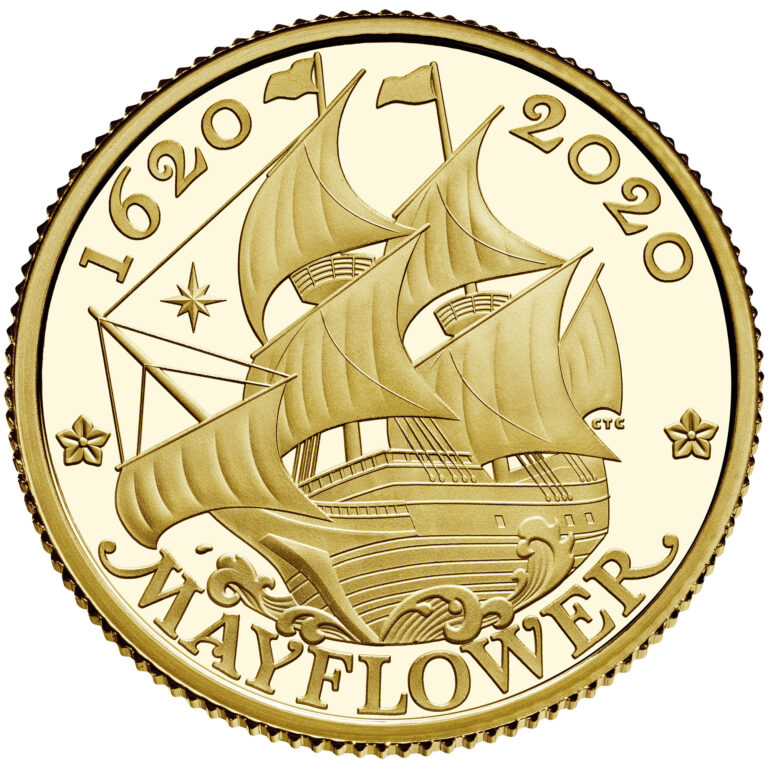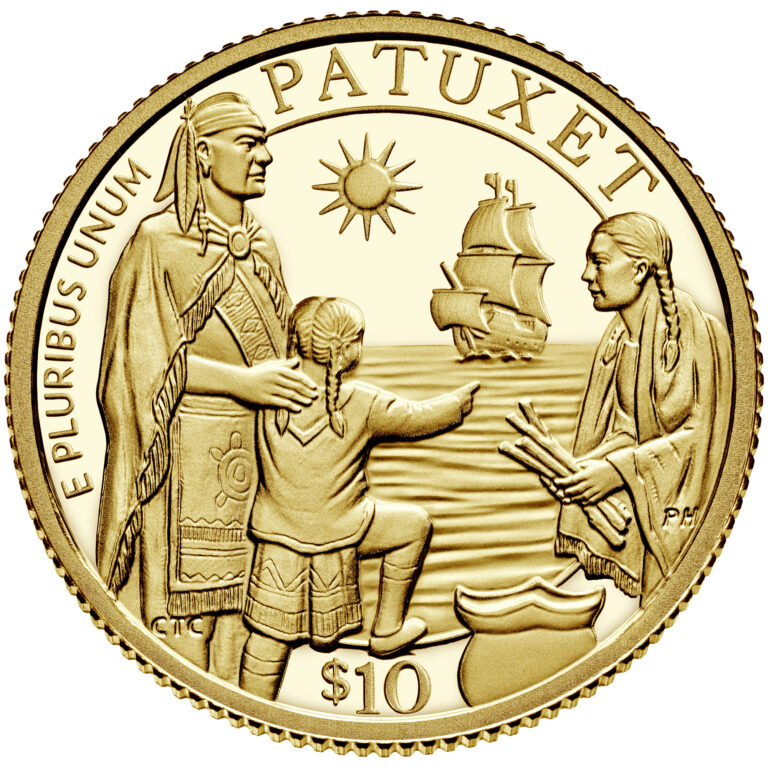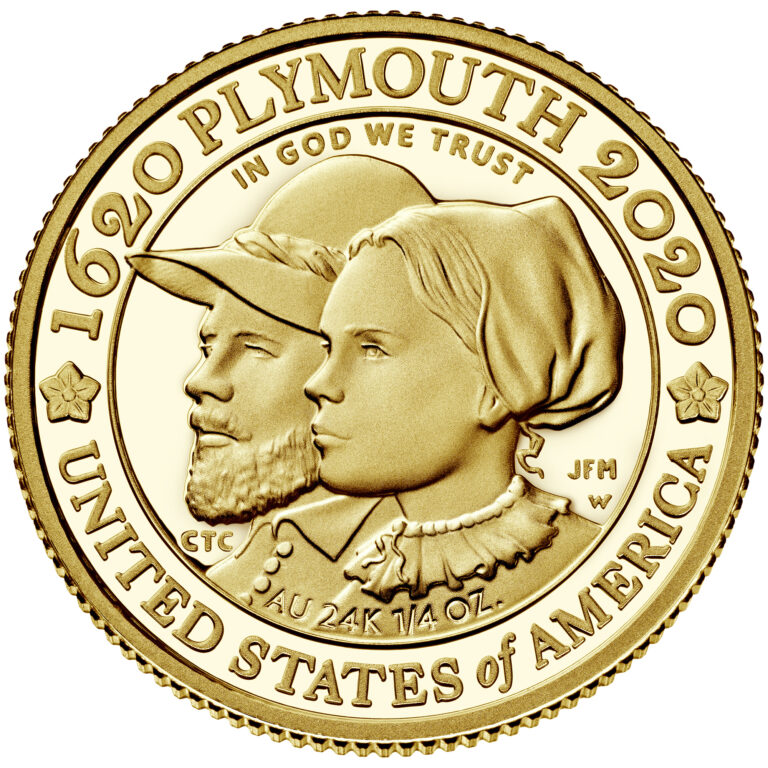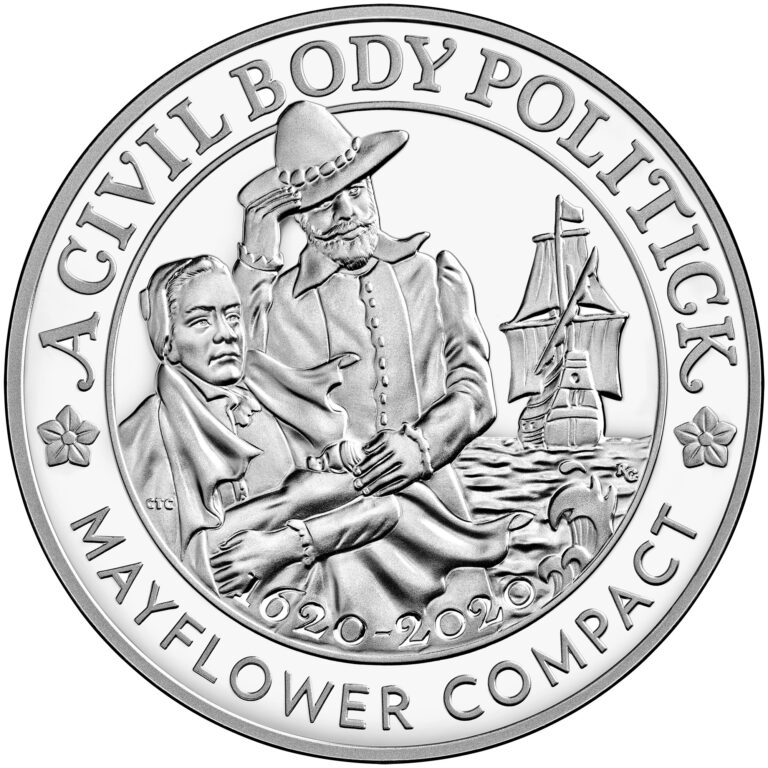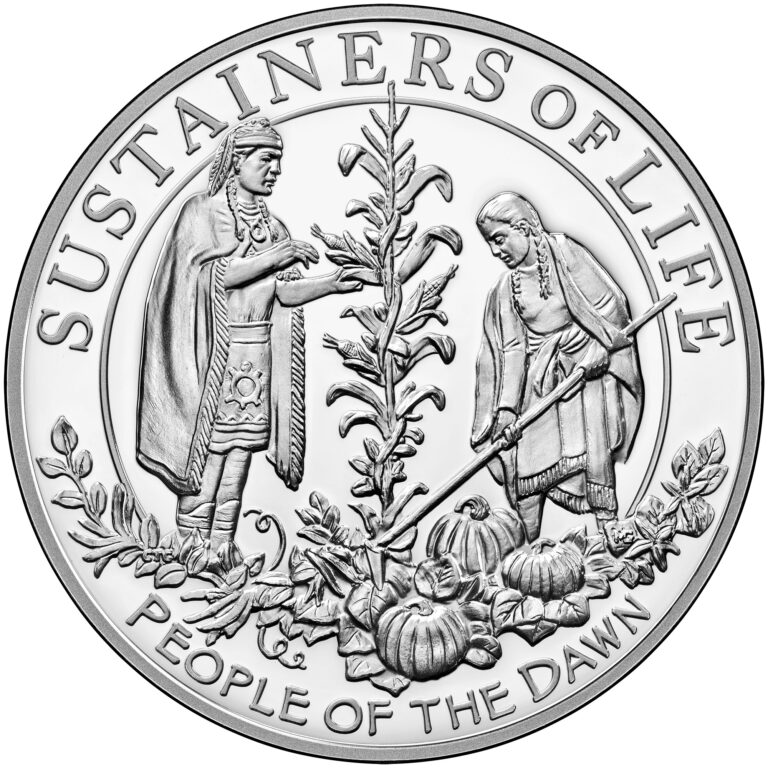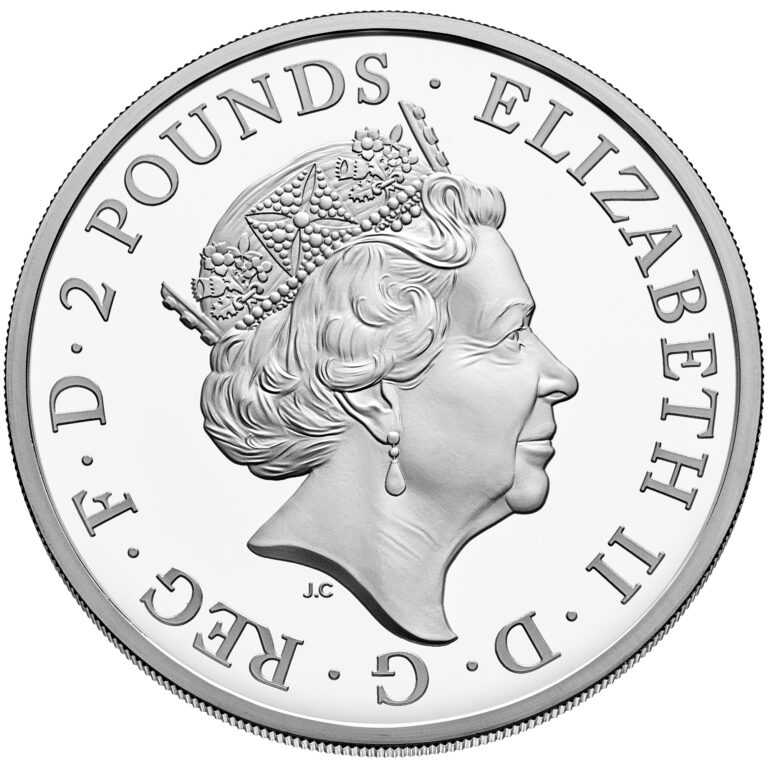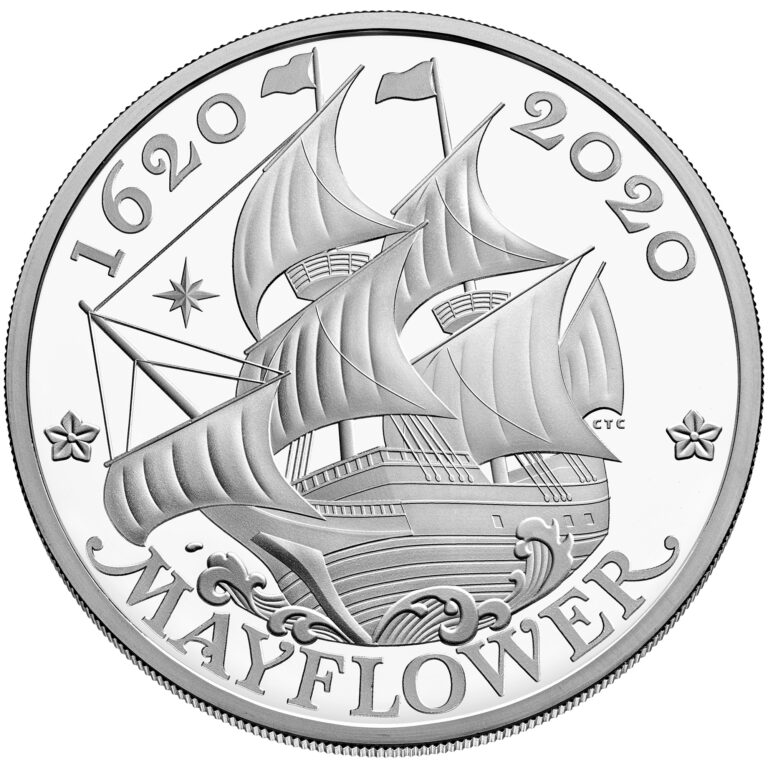By Office of Corporate Communications
November 13, 2020
 This year marks the 400th anniversary of the journey of the Mayflower, bringing Pilgrims and migrants from England across the Atlantic Ocean to start a new life. To commemorate this historic journey and the lasting partnership forged in the Mayflower Compact, the U.S. Mint and The Royal Mint in the United Kingdom have collaborated to create a collection of Mayflower 400th Anniversary coins and medals.
This year marks the 400th anniversary of the journey of the Mayflower, bringing Pilgrims and migrants from England across the Atlantic Ocean to start a new life. To commemorate this historic journey and the lasting partnership forged in the Mayflower Compact, the U.S. Mint and The Royal Mint in the United Kingdom have collaborated to create a collection of Mayflower 400th Anniversary coins and medals.
In September 1620, passengers boarded a ship called the Mayflower to embark on a transatlantic voyage from England to the New World. After some delays, the Mayflower ended up leaving England well into the storm season. With permission from the king, the migrants were granted land by the Virginia Company to establish a colony near the Hudson River. Stormy seas pushed them off course and they landed farther north at Cape Cod, Massachusetts. In December 1620, they sailed up the coast to disembark at an abandoned native village and called their new colony Plymouth.
To establish themselves as a legitimate colony, the Pilgrims drafted the Mayflower Compact. It promised to create a “civil Body Politick” ruled by elected officials and fair laws. This compact was the first document of self-governance in the colonies, although it also swore allegiance to the English king.
The Pilgrims faced many trials to survive. Many of the colonists died from disease, malnutrition, or the harsh New England weather. They formed an alliance with the local Wampanoag people. The Wampanoags taught the Pilgrims how to hunt, gather shellfish, and grow corn, beans, and squash. The first successful harvest in 1621 formed the basis of the modern Thanksgiving holiday.
Mayflower 400th Anniversary Coins and Medal
The U.S. Mint Mayflower 400th Anniversary Gold Coin and Silver Medal tell the story of the Pilgrims’ journey, the importance of Wampanoag peoples, and their collective role in U.S. history. The Royal Mint design, made as gold and silver coins, commemorates the beginning of the Mayflower’s voyage across the Atlantic. U.S. Mint Artistic Infusion Program artist Chris Costello designed the U.S. coin and medal as well as the reverse of the U.K. coin. He weaved stylistic elements and the same font throughout the designs to connect them.
U.K. Coin
The U.K. coin starts the story with the origins of the ship: depicted on the obverse are Queen Elizabeth II and the monarchy. The British monarchy allowed the Mayflower’s journey and the establishment of a new colony near the Hudson River. The reverse depicts a dynamic image of the Mayflower in the early stages of the voyage. It sails through rough seas, guided by the North Star. This interpretation of the ship navigating storms represents the determination of the passengers to find a new way of life.
U.S. Coin
The obverse of the U.S. gold coin depicts a Wampanoag family watching as the Mayflower arrives. A young boy steps on the border, representing the intersection of the Wampanoag people in their Patuxet homeland and the Mayflower’s passengers. The sun symbolizes a new day and connects with the North Star in the U.K. coin. The sun also represents the Wampanoag people who were known as the “People of the Dawn.”
The reverse depicts a Pilgrim man and woman, representing the transition from a monarchy to democracy. Their resolute expressions are focused on a self-determined future. A pair of mayflower blossoms flanks the design, which also appear in the obverse of the silver medal.
U.S. Medal
The silver medal obverse design features a Mayflower family bracing against the cold winds, foreshadowing the harsh New England weather and coming hardships. A ship anchors in the harbor behind them. The inscription, “A CIVIL BODY POLITICK” ties this coin directly to the Mayflower Compact.
The reverse features a Wampanoag man and woman tending to crops. Their sustainable methods helped keep the soil healthy for annual plantings and successful harvests. The inscription “SUSTAINERS OF LIFE” recalls the critical skills the Wampanoag people afforded the Pilgrims by teaching them how to successfully plant and harvest the land. The inscription “PEOPLE OF THE DAWN” connects with the sun on the gold coin obverse.
Though this collaboration is new, the celebration of the Mayflower anniversary is not. In 1920, the Mint released the Pilgrim Tercentenary Half Dollar to commemorate the 300th anniversary of the Mayflower. The story of the Mayflower will always be part of the American story, and this cross-Atlantic partnership with the Royal Mint celebrates the historic impact of the Pilgrims and the Mayflower’s journey.
See more Inside the Mint articles.



